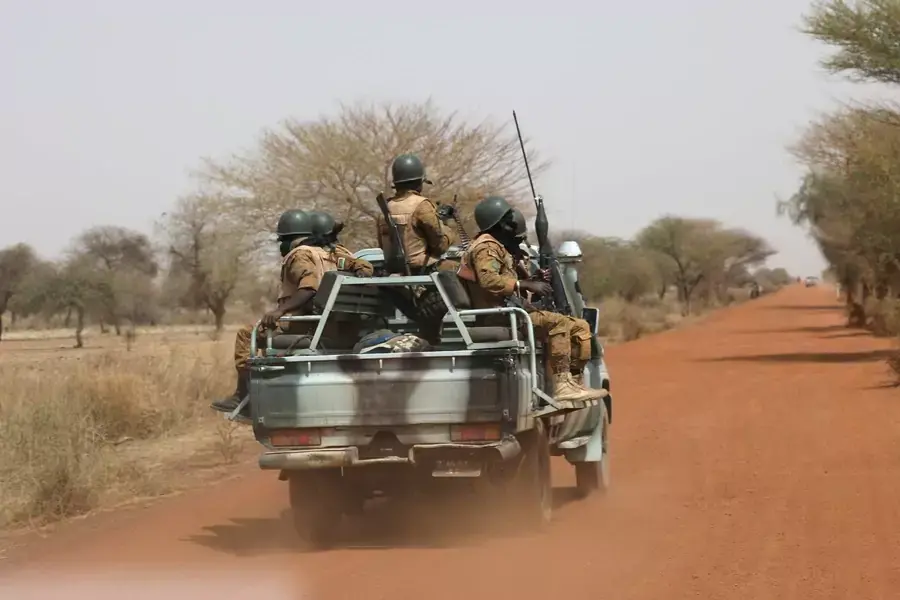As Militaries Struggle in the Sahel, Jihadis Cooperate

According to The Washington Post, jihadi groups with ties to al-Qaeda and the Islamic State (IS) are working together to gain control of a large part of the Sahel, the border region between the Sahara and the better-watered pasture and agricultural lands to the south. The story’s sources are identified as U.S. and local officials on the ground. “What we’ve seen is not just random acts of violence under a terrorist banner,” says Brigadier General Dagvin Anderson, head of U.S. Special Operations in Africa. “But a deliberate campaign that is trying to bring these various groups under a common cause. That larger effort then poses a threat to the United States.”
Perhaps. As the story acknowledges, al-Qaeda and IS are enemies in the Middle East. In Africa, allegiances are fluid, tactical rather than strategic, and often tribal ties and practical matters are more important than theology or ideology. There is also an important criminal dimension: the Sahel has long been a center of smuggling of everything from people to weapons to narcotics. Indeed, jihadi activity in the Sahel appears to be intensely local in its causes and its goals. If this conclusion is sound, it would mitigate against the success of a long-term unification strategy. The article notes that there seems to be distinct, “mutually agreed-upon areas of influence” allocated to the different jihadi groups.
More on:
The Sahel is huge, poor, and characterized by weak states whose authority exists primarily on islands in a sea of spaces governed without the state or not at all. Despite more than a decade of jihadi activity, remarkably little is actually known about the various groups’ internal workings or their links to each other and to the world outside the Sahel. Evidence is slight for meaningful material support from outside of Africa. Where exactly these groups are is also not always clear, and allegiances can shift. It does seem clear that there are thousands of jihadi fighters, but not tens of thousands, and that jihadi leaders are skilled at exploiting local grievances. It also appears that the jihadi groups enjoy some local support in a region where governments and the elites that they serve are detached from the vast majority of the population.
More on:
 Online Store
Online Store